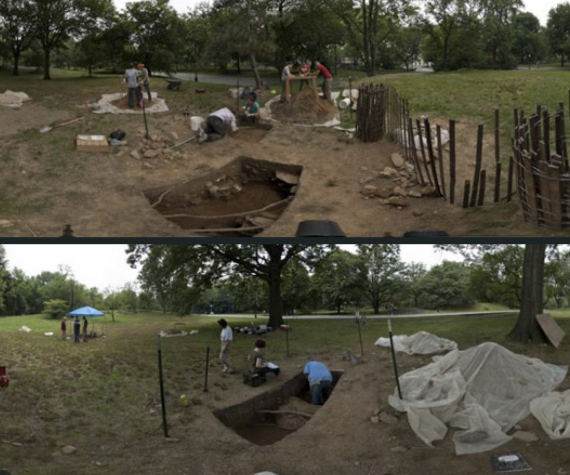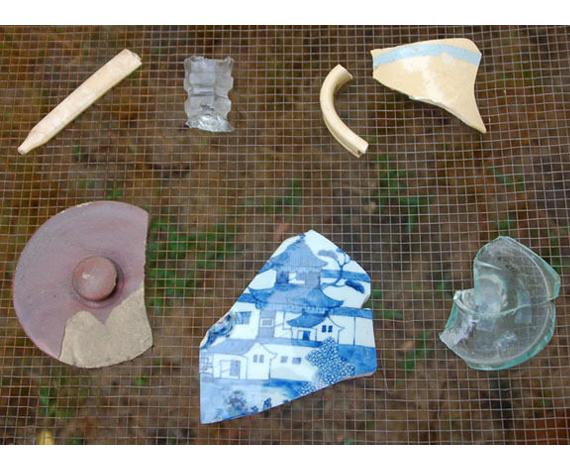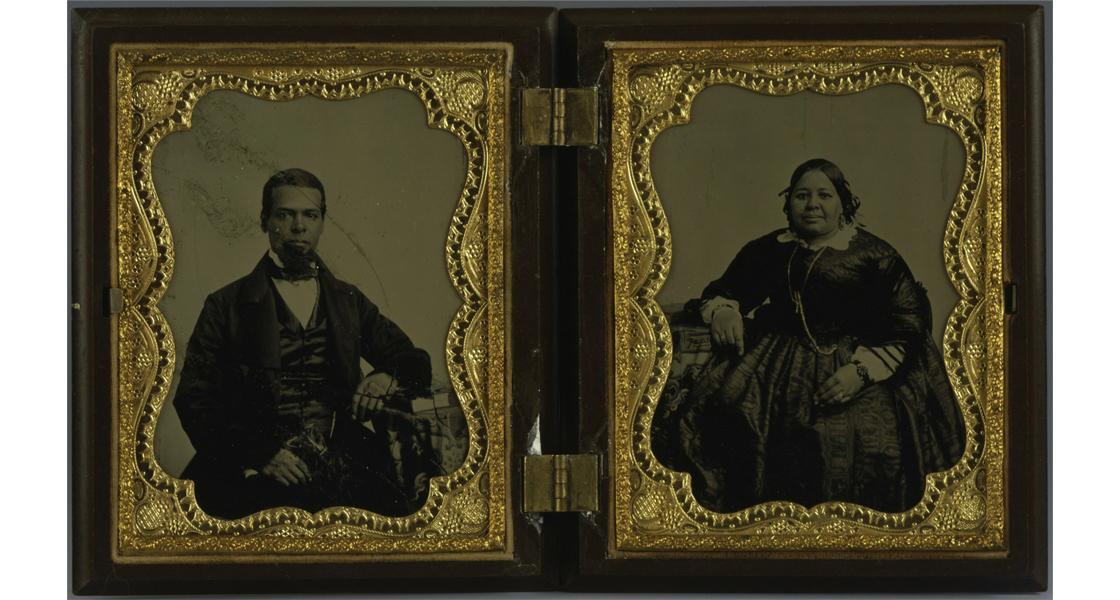Background
The story began with Black land purchases—three lots by Andrew Williams, six by trustees of the African Methodist Episcopal Zion Church, and another twelve by Epiphany Davis. [4] At that time, Seneca Village’s location was considered beyond the edge of the city; despite historical narratives that downplay the presence of slavery in northern states, during the Antebellum period Black Americans faced profound discrimination, violence, and racism along with the threat of being sold back into slavery via the “Reverse Underground Railroad.” Claiming space a distance away from the city allowed for a level of “physical, psychological, and social space” that would have been hard to come by otherwise. [5] As Seneca Village became increasingly established, New York City was expanding. The site and construction of Central Park were authorized in 1853. [6] Over the course of its construction, the park would displace 1600 people, seizing land by eminent domain. [7] This was neither the first nor the last Black community in New York City to be flattened by construction—some of Seneca Village’s population growth came in the late 1830s from the displaced residents of the Black community of York Hill, which was razed to make way for the Croton Aqueduct. [8]
As recently as 2004, the Central Park Conservancy maintained an “official attitude toward the Village [that] has been characterized by what appears to be a reluctance to acknowledge that it ever existed”; formal acknowledgement by either the Conservancy or NYC Department of Parks and Recreation has required pressure from the Black community. [13] In 2011, after a decade of only being able to conduct small core samples and surveys by ground penetrating-radar, the Seneca Village Project team was authorized to begin a small-scale archaeological excavation. Even this came with limiting stipulations—the Conservancy required that the holes be filled and equipment removed each day. [14] The Conservancy’s resistance to expanding the city’s historical narrative is perhaps best captured in a 2005 quote by its then-president, Douglas Blonsky: "There's a school of thought that if you have a lot of data and information from history, if there's no overwhelming reason to excavate, then leave well enough alone." [15] Throughout these nearly 30 years of remembering and re-engaging with the existence and legacy of Seneca Village (and despite recent controversy over the potential placement of a privately-funded monument to Seneca Village’s Lyons family 20 blocks away from the site), its spatial legacy has been limited to a single permanent plaque. [16] According to Cynthia Copeland, this insufficient— "We don’t want just the typical traditional plaque or statue. That doesn’t work for us. But something that would be really sort of a contemplative space where you could sit and meditate and kind of sit and breathe and smell and feel the ghosts of the people of Seneca Village." [17]
Preserving Black Places
Ujijji Davis states that Seneca Village’s destruction set a precedent for the incompatibility of emergent and established Black American urban landscapes in the greater city landscape. Black landscape past is prologue to 20th century urban renewal and to the ongoing systemic disinvestment of the present— “the rhetoric behind razing black American urban landscapes prevails through time and resonates from a historic anti-black perspective that prevents black-grown urban areas from reaching full fruition." [18] In a moment when the general public is contemplating if and why Black lives matter, Seneca Village offers a chance to consider why Black landscapes matter. I argue that the primary question Seneca Village puts forth is one of why forgetting Black places and the violent processes that destroy them has historically been and presently remains so possible, and even sanctioned. Walter Hood takes this question further, asking “Are these memories too much for the country to bear? Are they too dark and heavy to bring forward for reconciliation?" [19] When Black landscapes are claimed as such, Austin Allen maintains that the inaccuracies in the dominant historical narrative are revealed. [20] Preservation could be used here as a tool of reconciliation and representation, building spatially upon the narrative that has been revealed over the last 30 years to further ensure Seneca Village’s claim as a Black landscape and place of empowerment. [21]
Endnotes
1. diZerega Wall, Rothschild, and Copeland, “Seneca Village and Little Africa: Two African American Communities in Antebellum New York City.” Pages 99-101.
2. diZerega Wall, Rothschild, and Copeland. Page 99.
3. Staples, “The Death of the Black Utopia.”
4. N-YHS Education Department, Seneca Village: A Teacher’s Guide to Using Primary Sources in the Classroom. Page 3.
5. diZerega Wall, Rothschild, and Copeland. Page 98.
6. Rosenzweig and Blackmar, The Park and the People: A History of Central Park. “The Great Park Debate.”
7. Rosenzweig and Blackmar. “Taking the Land.”
8. diZerega Wall, Rothschild, and Copeland. Page 98.
9. Staples.
10. Rothschild and diZerega Wall, “The Seneca Village Project: Studying a 19th-Century African American Community in Contemporary New York City.” Page 33.
11. Rothschild and diZerega Wall. Pages 33-34.
12 .Rothschild and diZerega Wall. Page 34.
13. Rothschild and diZerega Wall. Page 34.
14. Foderaro, “Unearthing Traces of African-American Village Displaced by Central Park.”
15. Dunlap, “Under Central Park, and Now on Radar.”
16. Gill, “Monument to Seneca Village Family Rushed and Historically Inaccurate, Experts Say.”
17. Copeland, “Oral Histories: Cynthia Copeland.” Interview by Liz H. Strong.
18. Davis, “The Bottom: The Emergence and Erasure of Black American Landscapes.” Page ___
19. Hood, “Introduction.” Page 3.
20. Allen, “Site of the Unseen: The Racial Gaming of American Landscapes.” Page 100. Allen says the American landscape is “gamed” by the ongoing struggle to define and claim place (and thus establish power and presence in it). By determining how people can move through the landscape, the “game” is what shapes the city.
21. These are some of the goals articulated clearly by Erica Avrami as part of a vision for the future of preservation in her essay “Preservation’s Reckoning.”
Menu image: The New York Times
Header image: Egbert Viele, NYC Municipal Archives









